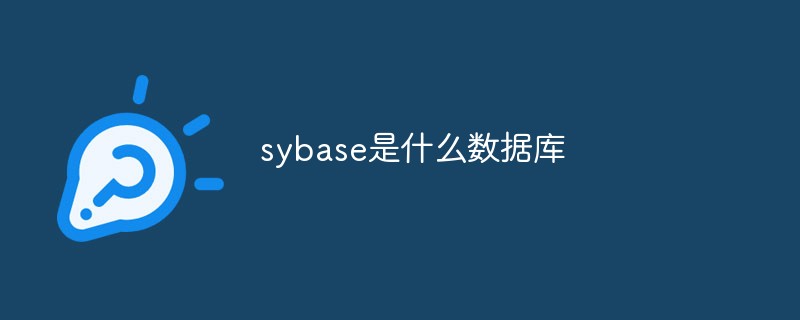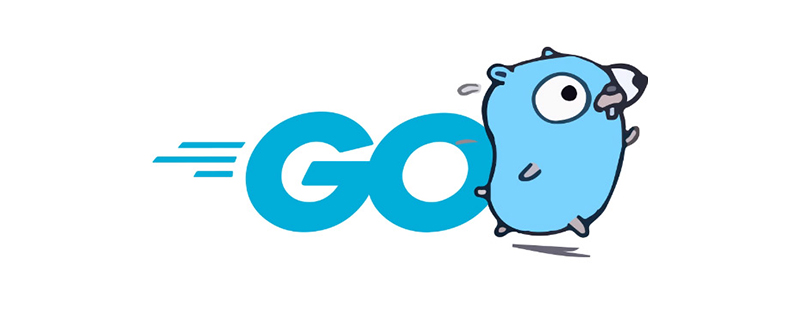
Front-end and back-end are two common areas in software development. The front-end refers to the development of user interface and user interaction logic, while the back-end is responsible for handling data storage, logic processing and Implementation of business rules. There are obvious technical differences between the two. This article will analyze the technical differences between the front-end and the back-end from different perspectives.
First of all, in terms of technology stack, the technologies used by the front-end and back-end are very different. Commonly used front-end technologies include HTML, CSS and JavaScript, as well as various front-end frameworks and libraries such as React, Angular and Vue, which are used to build user interfaces and interact with users. The backend mainly uses various programming languages such as Java, Python, Node.js, etc., and cooperates with database and server technologies to implement business logic processing and data storage. In terms of technology stack selection, the front-end pays more attention to user experience and page performance, while the back-end pays more attention to system architecture and data processing.
Secondly, in terms of design thinking, there are also differences between the front-end and the back-end. The front-end pays more attention to the design of the user interface and the implementation of interaction logic. It needs to take into account the user's needs and experience, as well as the usability and friendliness of the page. The backend pays more attention to the stability and performance of the system, and needs to take into account the consistency and security of the data, as well as the scalability and maintainability of the system. The front end pays more attention to external user experience, while the back end pays more attention to internal system design.
In addition, the front-end and back-end are also different in terms of working methods. Front-end developers usually need to work closely with UI/UX designers to carry out page layout and interaction design, and at the same time need to constantly debug and optimize page performance and user experience. Back-end developers, on the other hand, pay more attention to the implementation of business logic and the design of system architecture, and need to deal with various data processing and storage logic, as well as interfaces with other systems. The front end pays more attention to page display and user interaction, while the back end pays more attention to system functions and data processing.
Finally, in terms of development trends, the front-end and back-end also have different directions. With the continuous development of mobile and web technologies, the front-end field pays more attention to responsive design and cross-platform development, as well as interface communication and data processing with the back-end. The back-end pays more attention to the development of fields such as big data and artificial intelligence, and needs to process massive data and complex logic. Both front-end and back-end are constantly developing and evolving, and each has its own technical challenges and development opportunities.
To sum up, there are obvious technical differences between the front-end and the back-end, including technology stack, design thinking, working methods and development trends. The front-end pays more attention to the implementation of user interface and interaction logic, while the back-end pays more attention to the implementation of data processing and business logic. Both have their own strengths in software development and require close cooperation to build a complete system. I hope this article can help readers understand the technical differences between front-end and back-end.
The above is the detailed content of Analyze the technical differences between front-end and back-end. For more information, please follow other related articles on the PHP Chinese website!
 深入理解MySQL索引优化器工作原理Nov 09, 2022 pm 02:05 PM
深入理解MySQL索引优化器工作原理Nov 09, 2022 pm 02:05 PM本篇文章给大家带来了关于mysql的相关知识,其中主要介绍了关于索引优化器工作原理的相关内容,其中包括了MySQL Server的组成,MySQL优化器选择索引额原理以及SQL成本分析,最后通过 select 查询总结整个查询过程,下面一起来看一下,希望对大家有帮助。
 sybase是什么数据库Sep 22, 2021 am 11:39 AM
sybase是什么数据库Sep 22, 2021 am 11:39 AMsybase是基于客户/服务器体系结构的数据库,是一个开放的、高性能的、可编程的数据库,可使用事件驱动的触发器、多线索化等来提高性能。
 visual foxpro数据库文件是什么Jul 23, 2021 pm 04:53 PM
visual foxpro数据库文件是什么Jul 23, 2021 pm 04:53 PMvisual foxpro数据库文件是管理数据库对象的系统文件。在VFP中,用户数据是存放在“.DBF”表文件中;VFP的数据库文件(“.DBC”)中不存放用户数据,它只起将属于某一数据库的 数据库表与视图、连接、存储过程等关联起来的作用。
 数据库系统的构成包括哪些Jul 15, 2022 am 11:58 AM
数据库系统的构成包括哪些Jul 15, 2022 am 11:58 AM数据库系统由4个部分构成:1、数据库,是指长期存储在计算机内的,有组织,可共享的数据的集合;2、硬件,是指构成计算机系统的各种物理设备,包括存储所需的外部设备;3、软件,包括操作系统、数据库管理系统及应用程序;4、人员,包括系统分析员和数据库设计人员、应用程序员(负责编写使用数据库的应用程序)、最终用户(利用接口或查询语言访问数据库)、数据库管理员(负责数据库的总体信息控制)。
 microsoft sql server是什么软件Feb 28, 2023 pm 03:00 PM
microsoft sql server是什么软件Feb 28, 2023 pm 03:00 PMmicrosoft sql server是Microsoft公司推出的关系型数据库管理系统,是一个全面的数据库平台,使用集成的商业智能(BI)工具提供了企业级的数据管理,具有使用方便可伸缩性好与相关软件集成程度高等优点。SQL Server数据库引擎为关系型数据和结构化数据提供了更安全可靠的存储功能,使用户可以构建和管理用于业务的高可用和高性能的数据应用程序。
 数据库的什么是指数据的正确性和相容性Jul 04, 2022 pm 04:59 PM
数据库的什么是指数据的正确性和相容性Jul 04, 2022 pm 04:59 PM数据库的“完整性”是指数据的正确性和相容性。完整性是指数据库中数据在逻辑上的一致性、正确性、有效性和相容性。完整性对于数据库系统的重要性:1、数据库完整性约束能够防止合法用户使用数据库时向数据库中添加不合语义的数据;2、合理的数据库完整性设计,能够同时兼顾数据库的完整性和系统的效能;3、完善的数据库完整性有助于尽早发现应用软件的错误。
 access数据库的结构层次是什么Aug 26, 2022 pm 04:45 PM
access数据库的结构层次是什么Aug 26, 2022 pm 04:45 PM结构层次是“数据库→数据表→记录→字段”;字段构成记录,记录构成数据表,数据表构成了数据库。数据库是一个完整的数据的记录的整体,一个数据库包含0到N个表,一个表包含0到N个字段,记录是表中的行。
 go语言可以写数据库么Jan 06, 2023 am 10:35 AM
go语言可以写数据库么Jan 06, 2023 am 10:35 AMgo语言可以写数据库。Go语言和其他语言不同的地方是,Go官方没有提供数据库驱动,而是编写了开发数据库驱动的标准接口,开发者可以根据定义的接口来开发相应的数据库驱动;这样做的好处在于,只要是按照标准接口开发的代码,以后迁移数据库时,不需要做任何修改,极大方便了后期的架构调整。


Hot AI Tools

Undresser.AI Undress
AI-powered app for creating realistic nude photos

AI Clothes Remover
Online AI tool for removing clothes from photos.

Undress AI Tool
Undress images for free

Clothoff.io
AI clothes remover

AI Hentai Generator
Generate AI Hentai for free.

Hot Article

Hot Tools

VSCode Windows 64-bit Download
A free and powerful IDE editor launched by Microsoft

SublimeText3 Mac version
God-level code editing software (SublimeText3)

Zend Studio 13.0.1
Powerful PHP integrated development environment

mPDF
mPDF is a PHP library that can generate PDF files from UTF-8 encoded HTML. The original author, Ian Back, wrote mPDF to output PDF files "on the fly" from his website and handle different languages. It is slower than original scripts like HTML2FPDF and produces larger files when using Unicode fonts, but supports CSS styles etc. and has a lot of enhancements. Supports almost all languages, including RTL (Arabic and Hebrew) and CJK (Chinese, Japanese and Korean). Supports nested block-level elements (such as P, DIV),

SAP NetWeaver Server Adapter for Eclipse
Integrate Eclipse with SAP NetWeaver application server.






